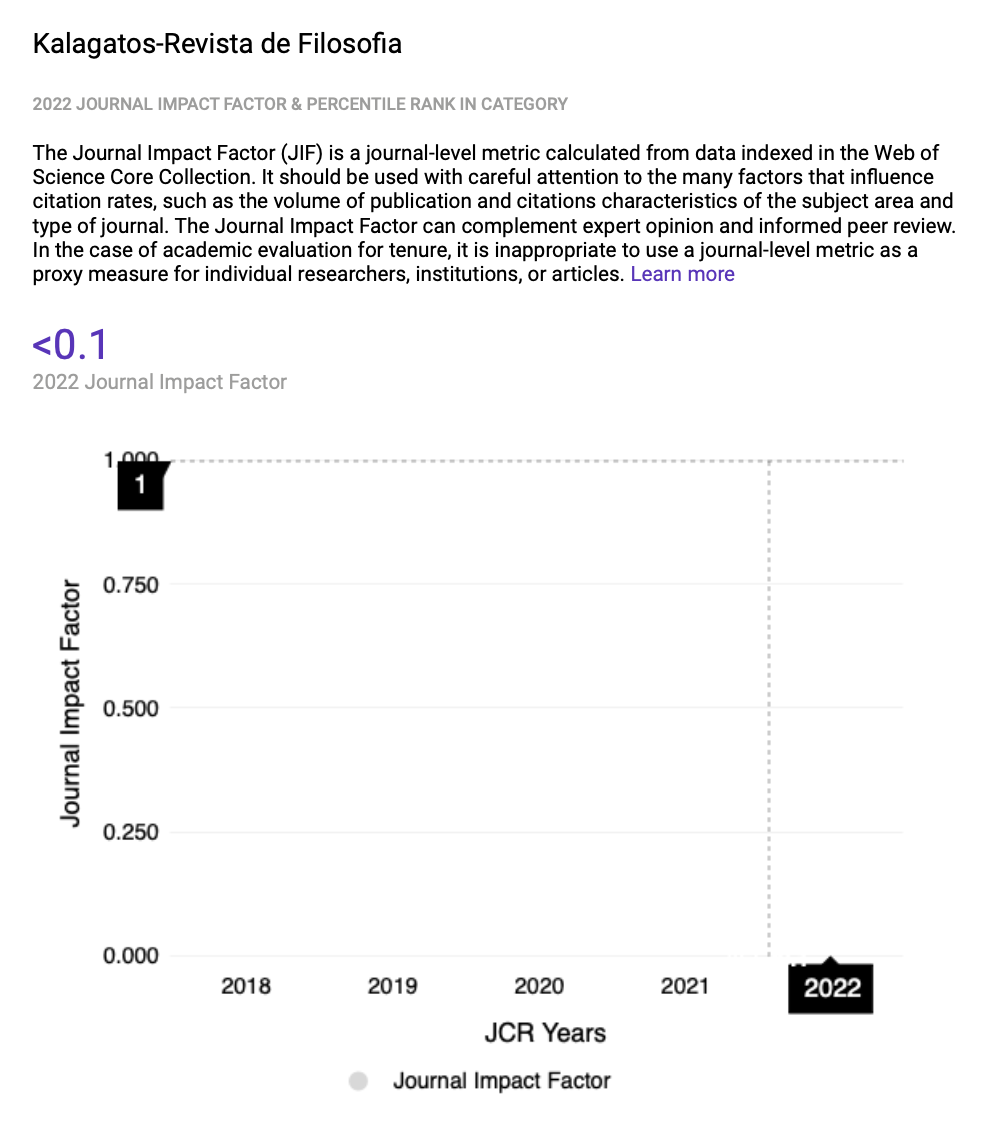THE APPROACH TO LIBERATION AND SALVATION: A COMPARATIVE ANALYSIS OF BUDDHIST NIRVANA AND CHRISTIAN REDEMPTION: Understanding the Philosophy of religion in Buddhism and Christianity
DOI:
https://doi.org/10.52521/kg.v21i3.13971Palabras clave:
Spiritual Liberation, Nirvana, Redemption, Comparative Religion, SalvationResumen
This study offers a comparative analysis of liberation in Buddhism, focusing on Nirvana, and salvation in Christianity, emphasizing redemption. It explores how Buddhism and Christianity address the fundamental human quest for spiritual fulfillment. The analysis reveals that Buddhism views Nirvana as the cessation of suffering through the extinction of desires and ignorance, rather than simply a state of bliss. Christianity, on the other hand, presents redemption as a transformative process involving faith, repentance, and spiritual rebirth, rather than solely relying on divine grace. The study highlights that while Buddhism emphasizes personal effort through ethical conduct and meditation, Christianity combines divine grace with personal commitment and adherence to Christ’s teachings. By emphasizing the nuanced interplay of personal effort and spiritual guidance in both traditions, the study provides a more balanced understanding of how each religion addresses the quest for liberation and salvation.
Descargas
Citas
Young, K. K. (1983). Dying for bhukti and mukti: The Śrīvaisnava theology of liberation as a triumph over death. Studies in Religion/Sciences Religieuses, 12(4), 389-396. https://doi.org/10.1177/000842988301200403
Tsushima, Michihito, et al. "The Vitalistic Conception of Salvation in Japanese New Religions: An Aspect of Modern Religious Consciousness." “Japanese Journal of Religious Studies”, vol. 6, no. 1/2, Mar.-Jun. 1979, pp. 139-161. “Proceedings of the 1978 Tokyo Meeting of the Conference Internationale de Sociologie Religieuse”, Nanzan University, www.jstor.org/stable/30233195.
Miyamoto, Shoson. “Freedom, Independence, and Peace in Buddhism.” Philosophy East and West, vol. 1, no. 4, 1952, pp. 30–40. JSTOR, https://doi.org/10.2307/1396994. Accessed 17 Aug. 2024.
Largen, K.J. (2006), Liberation, Salvation, Enlightenment: An Exercise in Comparative Soteriology. Dialog, 45: 263-274. https://doi.org/10.1111/j.1540-6385.2006.00276.x
Thathong, Kongsak. "A spiritual dimension and environmental education: Buddhism and environmental crisis." Procedia-Social and Behavioral Sciences 46 (2012): 5063-5068. https://doi.org/10.1016/j.sbspro.2012.06.386
Gäb, S. (2015), Why do we Suffer? Buddhism and the Problem of Evil. Philosophy Compass, 10, 345–353. doi: 10.1111/phc3.12207.
HARWOOD, H.J. (1949), THE WAY OF SALVATION AND THE BURMAN BUDDHIST. International Review of Mission, 38: 422-431. https://doi.org/10.1111/j.1758-6631.1949.tb02788.x
Hart, Trevor. “Humankind in Christ and Christ in Humankind: Salvation as Participation in Our Substitute in the Theology of John Calvin.” Scottish Journal of Theology 42.1 (1989): 67–84. Web. DOI: https://doi.org/10.1017/S0036930600040539
Boys-Smith, E. P. (1903). The Atonement Considered as Forgiveness. The Expository Times, 15(1), 26-30. https://doi.org/10.1177/001452460301500105
Lorimer, D. (1987). The Near-Death Experience and Spiritual Health. Holistic Medicine, 2(4), 179–184. https://doi.org/10.3109/13561828709043581
HARWOOD, H.J. (1949), THE WAY OF SALVATION AND THE BURMAN BUDDHIST. International Review of Mission, 38: 422-431. https://doi.org/10.1111/j.1758-6631.1949.tb02788.x
Augustine, Morris J. "The sociology of knowledge and Buddhist-Christian forms of faith, practice, and knowledge." Buddhist-Christian dialogue (1986): 35-51.
Childers, R. C. “Art. XII.—Notes on Dhammapada, with Special Reference to the Question of Nirvâṇa.” Journal of the Royal Asiatic Society 5.2 (1871): 219–230. Web. DOI: https://doi.org/10.1017/S0035869X00161246
Chaudhuri, K. N. “Paul Langford (Ed.): The Writings and Speeches of Edmund Burke. Vol.II: Party, Parliament, and the American Erisis 1766–1774. Textual Editor for the Writings, William B. Todd. Xviii, 508 Pp. Oxford: Clarendon Press: Oxford University Press, 1981. £40.” Bulletin of the School of Oriental and African Studies 46.1 (1983): 164–166. Web. DOI: https://doi.org/10.1017/S0041977X00077727
Childers, R. C. “Art. XII.—Notes on Dhammapada, with Special Reference to the Question of Nirvâṇa.” Journal of the Royal Asiatic Society 5.2 (1871): 219–230. Web. DOI: https://doi.org/10.1017/S0035869X00161246
Chansomsak, S., & Vale, B. (2008). The Buddhist approach to education: an alternative approach for sustainable education. Asia Pacific Journal of Education, 28(1), 35–50. https://doi.org/10.1080/02188790701850063
Young, S. (1994). Purpose and method of Vipassana meditation. The Humanistic Psychologist, 22(1), 53–61. https://doi.org/10.1080/08873267.1994.9976936
Murgatroyd, W. (2001), The Buddhist Spiritual Path: A Counselor's Reflection on Meditation, Spirituality, and the Nature of Life. Counseling and Values, 45: 94-102. https://doi.org/10.1002/j.2161-007X.2001.tb00188.x
Childers, R. C. “Art. XII.—Notes on Dhammapada, with Special Reference to the Question of Nirvâṇa.” Journal of the Royal Asiatic Society 5.2 (1871): 219–230. Web. DOI: https://doi.org/10.1017/S0035869X00161246
Rupp, George. “The Relationship between Nirvāna and Samsāra: An Essay on the Evolution of Buddhist Ethics.” Philosophy East and West, vol. 21, no. 1, 1971, pp. 55–67. JSTOR, https://doi.org/10.2307/1397764. Accessed 17 Aug. 2024.
Makransky, J. (2003). Buddhist Perspectives on Truth in other Religions: Past and Present. Theological Studies, 64(2), 334-361. https://doi.org/10.1177/004056390306400205
Byrd, D. (2013). Four Noble Truths. In: Runehov, A.L.C., Oviedo, L. (eds) Encyclopedia of Sciences and Religions. Springer, Dordrecht. https://doi.org/10.1007/978-1-4020-8265-8_201285
Groves, P. Buddhist Approaches to Addiction Recovery. Religions 2014, 5, 985-1000. https://doi.org/10.3390/rel5040985
Gäb, S. (2015), Why do we Suffer? Buddhism and the Problem of Evil. Philosophy Compass, 10, 345–353. doi: 10.1111/phc3.12207.
Childers, R. C. “Art. XII.—Notes on Dhammapada, with Special Reference to the Question of Nirvâṇa.” Journal of the Royal Asiatic Society 5.2 (1871): 219–230. Web. DOI: https://doi.org/10.1017/S0035869X00161246
Bodhi, B. (2008), Aims of Buddhist Education. Yearbook of the National Society for the Study of Education, 107: 224-226. https://doi.org/10.1111/j.1744-7984.2008.00206_1.x
Young, S. (1994). Purpose and method of Vipassana meditation. The Humanistic Psychologist, 22(1), 53–61. https://doi.org/10.1080/08873267.1994.9976936
Kumar, Sameet M. "An introduction to Buddhism for the cognitive-behavioral therapist." Cognitive and Behavioral Practice 9.1 (2002): 40-43. https://doi.org/10.1016/S1077-7229(02)80038-4
Gregg, J. A. F. (1923). Christ our Redemption. The Expository Times, 34(8), 355-358. https://doi.org/10.1177/001452462303400804
Boys-Smith, E. P. (1903). The Atonement Considered as Forgiveness. The Expository Times, 15(1), 26-30. https://doi.org/10.1177/001452460301500105
Warfield, Benjamin B. The plan of salvation. Wipf and Stock Publishers, 2000.
Rust, E. C. (1962). The Atoning Act of God in Christ. Review & Expositor, 59(1), 57-70. https://doi.org/10.1177/003463736205900105
Votaw, Clyde Weber. "A Professional Reading Course on the Ethical Teaching of Jesus. IV." The Biblical World 47.1 (1916): 54-62.
Wakefield, A. H. (2007). What Happens When We Pray? Review & Expositor, 104(4), 787-809. https://doi.org/10.1177/003463730710400409
Belden, Rev. A. D. (1924). The Religion of Redemption and the Life of the Redeemed. Review & Expositor, 21(2), 213-223. https://doi.org/10.1177/003463732402100208
Belden, Rev. A. D. (1924). The Religion of Redemption and the Life of the Redeemed. Review & Expositor, 21(2), 213-223. https://doi.org/10.1177/003463732402100208
Belden, A. D. (1926). The Atonement and Democracy. Baptist Quarterly, 3(1), 11–16. https://doi.org/10.1080/0005576X.1926.11750055
Rust, E. C. (1962). The Atoning Act of God in Christ. Review & Expositor, 59(1), 57-70. https://doi.org/10.1177/003463736205900105
HARWOOD, H.J. (1949), THE WAY OF SALVATION AND THE BURMAN BUDDHIST. International Review of Mission, 38: 422-431. https://doi.org/10.1111/j.1758-6631.1949.tb02788.x
Reardon, B. M. G. (1955). Existentialism and Christian Faith—II. The Expository Times, 66(5), 132-135. https://doi.org/10.1177/001452465506600502
Rupp, George. “The Relationship between Nirvāna and Samsāra: An Essay on the Evolution of Buddhist Ethics.” Philosophy East and West, vol. 21, no. 1, 1971, pp. 55–67. JSTOR, https://doi.org/10.2307/1397764. Accessed 18 Aug. 2024.
Siderits, M. (2005). Freedom, Caring and Buddhist Philosophy. Contemporary Buddhism, 6(2), 87–116. https://doi.org/10.1080/14639940500435521
Gäb, S. (2015), Why do we Suffer? Buddhism and the Problem of Evil. Philosophy Compass, 10, 345–353. doi: 10.1111/phc3.12207.
Joshi, K. S. “Liberation: The Avowed Goal of Indian Philosophy.” Philosophy East and West, vol. 18, no. 1/2, 1968, pp. 77–81. JSTOR, https://doi.org/10.2307/1398038. Accessed 18 Aug. 2024.
Belden, Rev. A. D. (1924). The Religion of Redemption and the Life of the Redeemed. Review & Expositor, 21(2), 213-223. https://doi.org/10.1177/003463732402100208
Boys-Smith, E. P. (1903). The Atonement Considered as Forgiveness. The Expository Times, 15(1), 26-30. https://doi.org/10.1177/001452460301500105
Warfield, Benjamin B. The plan of salvation. Wipf and Stock Publishers, 2000.
HARWOOD, H.J. (1949), THE WAY OF SALVATION AND THE BURMAN BUDDHIST. International Review of Mission, 38: 422-431. https://doi.org/10.1111/j.1758-6631.1949.tb02788.x
Bodhi, Bhikkhu. The noble eightfold path: The way to the end of suffering. Buddhist Publication Society, 2010.
Hopkins, E. Washburn. "The message of Buddhism to Christianity." The biblical world 28.2 (1906): 94-107.
de Vibe, M., Hammerstrøm, K., Kowalski, K. and Bjørndal, A. (2010), PROTOCOL: Mindfulness Based Stress Reduction (MBSR) for improving health and social functioning in adults. Campbell Systematic Reviews, 6: 1-25. https://doi.org/10.1002/CL2.72
Bodhi, B. (2008), Aims of Buddhist Education. Yearbook of the National Society for the Study of Education, 107: 224-226. https://doi.org/10.1111/j.1744-7984.2008.00206_1.x
Hart, Trevor. “Humankind in Christ and Christ in Humankind: Salvation as Participation in Our Substitute in the Theology of John Calvin.” Scottish Journal of Theology 42.1 (1989): 67–84. Web.
Grace, R. L. “Luther’ Doctrine of Grace.” Scottish Journal of Theology 18.4 (1965): 385–395. Web.
Trueblood, E. J. (1934). Social Elements in the Christian Religion. Review & Expositor, 31(4), 427-439. https://doi.org/10.1177/003463733403100403
Ray, Reginald A. “Solitary Retreat in American Buddhism and Buddhist-Christian Dialogue.” Buddhist-Christian Studies, vol. 16, 1996, pp. 129–42. JSTOR, https://doi.org/10.2307/1390162. Accessed 18 Aug. 2024.
Betty, Stafford. "What Buddhists and Christians Are Teaching Each Other About God." CrossCurrents, vol. 58 no. 1, 2008, p. 108-116. Project MUSE, https://dx.doi.org/10.1353/cro.2008.a782405.
Trammel, R. C. (2017). Tracing the roots of mindfulness: Transcendence in Buddhism and Christianity. Journal of Religion & Spirituality in Social Work: Social Thought, 36(3), 367–383. https://doi.org/10.1080/15426432.2017.1295822
Trammel, R. C. (2017). Tracing the roots of mindfulness: Transcendence in Buddhism and Christianity. Journal of Religion & Spirituality in Social Work: Social Thought, 36(3), 367–383. https://doi.org/10.1080/15426432.2017.1295822
Abdullah, I., S. Abdul Manas, M. I. Mohamed Siddeek, and M. Z. Husain. “Ethics of Love in Islam and Christianity: A Comparative Study”. KURIOSITAS: Media Komunikasi Sosial Dan Keagamaan, Vol. 13, no. 2, Dec. 2020, pp. 125-40, doi:10.35905/kur.v13i2.1423.
Descargas
Publicado
Cómo citar
Número
Sección
Licencia
Derechos de autor 2024 Dipty D Sangma, Bharani M

Esta obra está bajo una licencia internacional Creative Commons Atribución 4.0.



















